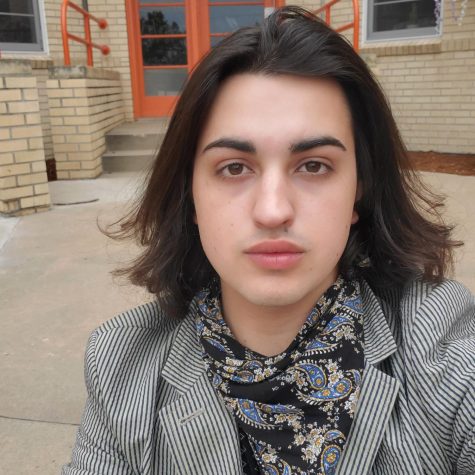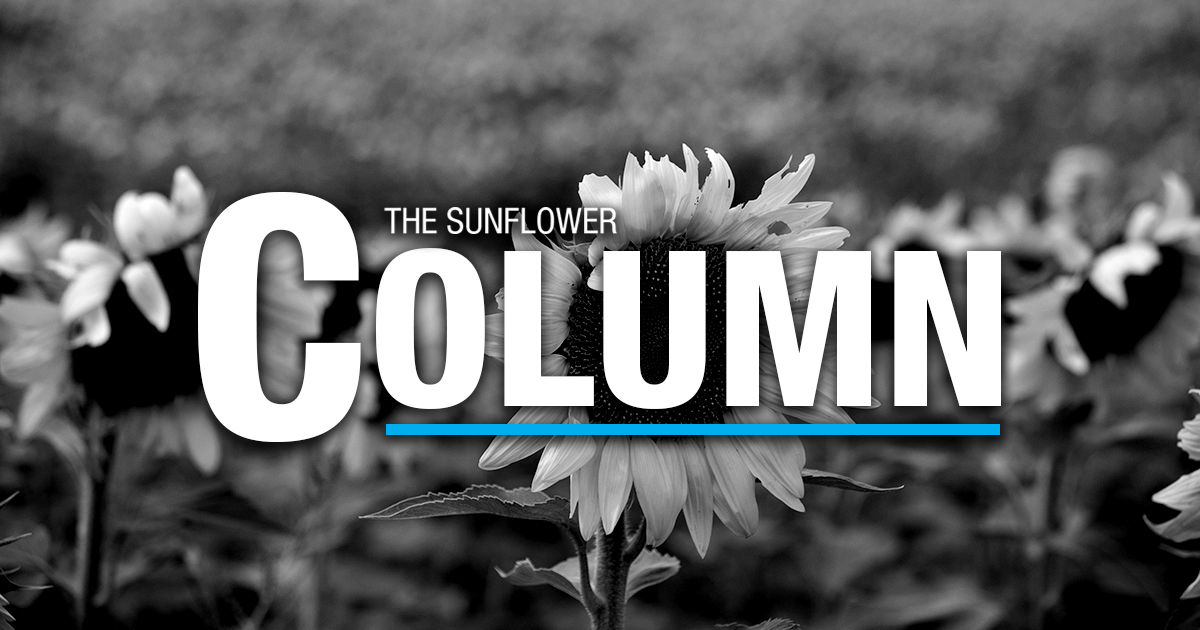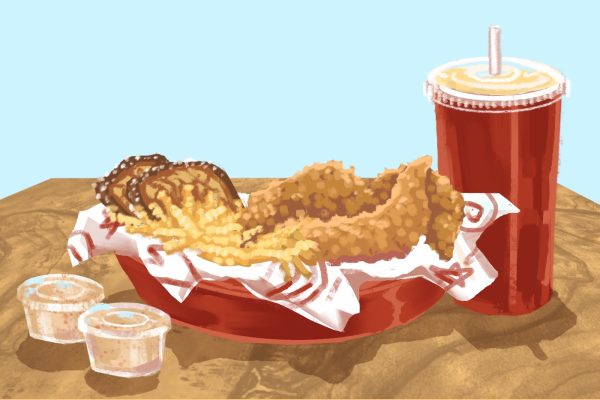Into the Zeitgeist: Name the pain
It is Christmas 2019 and I am laughably unsuspecting.
I am preoccupied with the details of a party I am throwing, I have shed the worries of the fall semester, and I am confident that I know what the coming year looks like – I will live in the same place I have lived for the past two years, I will be in the same relationship I have been in for the past six years, my academic and professional life will continue as it has for the past 3 years, and there will certainly not be a global pandemic.
By March 2020 I will be single, living in a new apartment, quarantined, working a new job remotely and floundering academically.
By April I am deeply depressed.
In September, I have found my bearings. I am writing again, in classes, the city is open, I am nearly four months into a new relationship. On a daily basis my mental health is stable.
Yet today I am listening to Cynthia Erivo’s poignant recording of the song “I’m Here” from the musical adaptation of “The Color Purple.” As Erivo sings the hopeful lyrics I feel as I often do when I listen to this song: unconvinced. I understand the wisdom of the lyrics but I don’t relate. I haven’t arrived there yet. I am still young enough to want more than the house, chair, and good days that Erivo’s character gives thanks for in the song. But I am here. That much I can agree with. I exist in this moment. I am walking down the street, the sun is dying in her operatic way, and I am feeling uncomfortably similar to the way I felt earlier this year: deeply forlorn.
The emotional sediment has been disturbed. I do not know how I feel. Perhaps attuned.
Attuned to the pain that remains. The undone healing. The fact that everything is not okay despite my best efforts to convince myself that it is.
The feeling is acute but I know it is crucial.
I know I am not the only person feeling this way. The world is undergoing a great trauma.
The world has undergone great loss, and more is being taken every day.
We have to grieve. I mean really grieve. We have to feel deeply, and state explicitly, that things are not okay. That we are hurting. That the world has not found its balance. That it is reeling.
Despite what our western infatuation with anesthetic might tell us, wellness is not the absence of pain. And healing is the increase of our capacity for pain.
To heal we must hurt. We must stick our grubby fingers in the wound. We must be masochists. Only when we learn to live in pain will we have healed.
So I walk aimlessly as Cynthia Erivo sings her defiant torch song of tenacious hope.
On the bright side I feel particularly cinematic. My romantic sensibilities never take a day off.
I feel like Cher in “Moonstruck,” walking home in the early morning, absentmindedly kicking a can down the street as the aria from “La Bohème” plays, the Hudson river behind her.
But, in a rare moment of lucidity, I am able to admit to myself that I am not Cher in “Moonstruck.”
She doesn’t exist. She is fiction.
Even the real Cher is home bound and mask-wearing. God I really do despise reality.
Yet it is all we have. And it is ours. We have the power to shape it. Or at least give it meaning. We are in total control of how we react to its arduous happenings.
So let us feel the pain. Sit in it. Let us not run from it, deny it. And when we are able, when we have learned its contours like those of a lover’s body, then we shall name it.
Once it has been named, articulated, it is subject to language, to understanding, to categorization, it is beneath the thumb of human intelligence. It is no longer supernatural. It is known.
After we have labeled this great global hurt, we can put in on a shelf. To be displayed. Remembered. Revisited.
But never given dominion. Never allowed to rule as it does in this moment.
This pain shall define our age, yet it is up to us to not let it define the next.

Jeromiah Taylor is the former Opinion Editor for The Sunflower. He has served in this position since the Spring 2020 semester. Jeromiah has an overarching...









